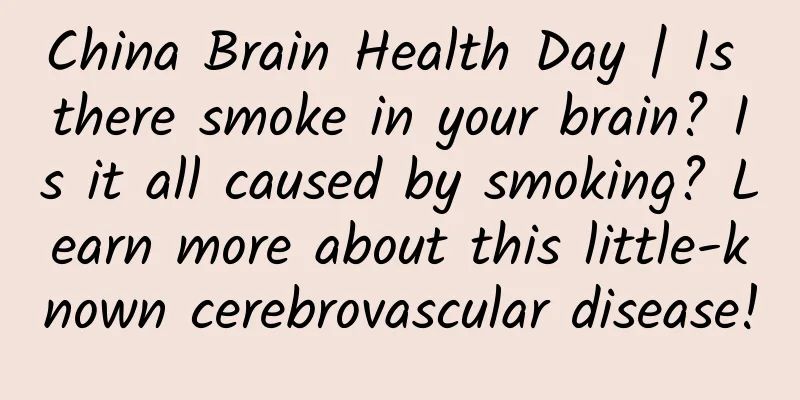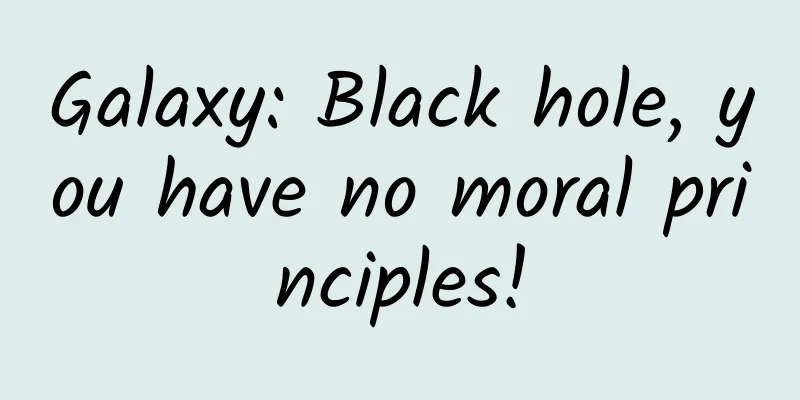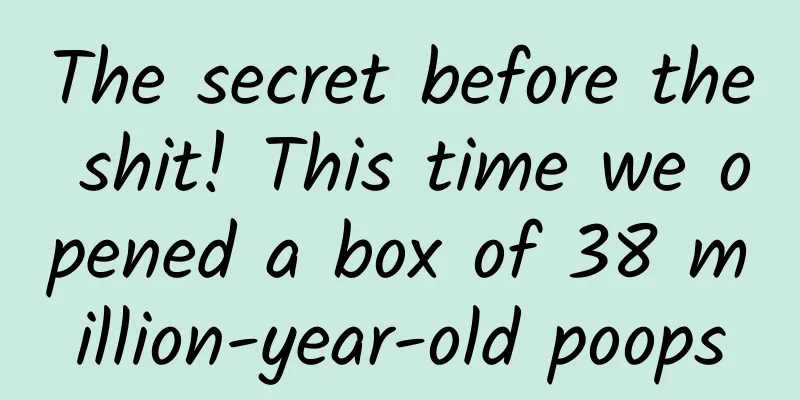China Brain Health Day | Is there smoke in your brain? Is it all caused by smoking? Learn more about this little-known cerebrovascular disease!

|
The brain is the core of regulation of all physiological and psychological activities of the human body. When brain diseases cause irreversible damage to the brain, it will seriously affect the health and life of individuals. Among the many cerebrovascular diseases, there is a lesser-known disease. It is moyamoya disease (MMD). For a long time, the cause and pathogenesis of moyamoya disease have been a mystery to both patients and doctors, just like its name. When hearing the name of this disease, many people will have a series of questions. Is it related to smoking? Where does this disease occur? What are the hazards? How to treat it? Understanding Diseases: Brain Diseases Moyamoya disease is a chronic progressive cerebrovascular disease characterized by progressive stenosis and occlusion of the terminal end of the internal carotid artery and the beginning of its branches, followed by the formation of a smoke-like vascular network at the base of the brain. It was first discovered and reported by Japanese scholars in the 1950s, and mainly affects Asians, especially those in East Asia. Moyamoya disease is the most common cerebrovascular disease in children and an important cause of stroke in adults, but in the past, Chinese people knew very little about it. Hearing the name of moyamoya disease, most people would think it is related to smoking. In fact, it is caused by the slow stenosis and occlusion of large blood vessels in the brain, and the appearance of new small blood vessels with compensatory expansion in the lesion site. During cerebral angiography, dense small blood vessel shadows similar to moyamoya disease will appear, hence the name. At present, the cause of moyamoya disease is still unclear, and the natural history is uncertain. Although there is no direct connection with smoking, it is worth noting that bad living habits represented by smoking and stroke risk factors such as hypertension, diabetes, dyslipidemia, and obesity may accelerate the progression of moyamoya disease. As the disease progresses, patients with moyamoya disease may suffer from repeated transient ischemic attacks (TIA), or even serious complications such as cerebral infarction and cerebral hemorrhage. Therefore, early detection and early treatment are the most important means to prevent serious complications. Early symptoms: Be vigilant The clinical symptoms of moyamoya disease are diverse, with cerebral ischemic symptoms being the most common clinical manifestation, accounting for about 60% of all patients. The peak age of onset of the disease is between 5 and 9 years old and around 40 years old. Many young and middle-aged people think they are young and strong, and do not care even if they experience transient limb numbness, weakness and other symptoms in their daily lives. In fact, this is most likely an early manifestation of moyamoya disease, a "warning" to the body. So, what symptoms should remind us to be particularly vigilant? 1 After fatigue, half of the limbs or one hand often become numb. 2. Frequent dizziness and headaches without any clear cause. 3 When I was walking, my legs suddenly lost strength and I fell down. 4 When you are chatting and laughing, you suddenly become speechless or unable to call out the names of familiar people. 5 Blurred vision, or suddenly unable to recognize words or read clocks. If the above TIA symptoms occur, you need to be alert to moyamoya disease and choose to go to the neurology department or neurosurgery department of a regular hospital for treatment. Transcranial Doppler ultrasound (TCD) is the simplest examination method, which is non-invasive and highly safe. If problems are found, further examination methods such as magnetic resonance angiography (MRA), CT angiography (CTA), and digital subtraction angiography (DSA) can be used to confirm the diagnosis. Surgery: Direct and effective It has been 65 years since the discovery of moyamoya disease. After decades of joint efforts by colleagues at home and abroad, although the diagnosis and treatment levels have made great progress, its causes and pathogenesis have not been thoroughly elucidated, and there is no standardized and unified treatment principle in the world. At present, the most direct and effective treatment for moyamoya disease is vascular reconstruction surgery. Vascular reconstruction surgery includes direct vascular reconstruction surgery, indirect vascular reconstruction surgery and combined vascular reconstruction surgery, etc. The fundamental purpose is to improve the blood supply to the ischemic area of the brain and reduce the occurrence of stroke. Indirect vascular reconstruction surgery has lower risks and is relatively minimally invasive, but it takes a certain amount of time for blood vessels to grow and the recovery time is relatively longer. Direct vascular reconstruction surgery can immediately improve the patient's intracranial ischemia, but the risk of complications such as postoperative hyperperfusion is high, and the long-term recanalization rate of the vascular anastomosis has a certain chance of decreasing. Combined reconstruction surgery can immediately improve cerebral blood perfusion, and the long-term indirect reconstruction effect can ensure long-term blood supply, but the risk of complications such as postoperative hyperperfusion is still high. Various surgical methods have their own advantages and disadvantages. The most suitable individualized treatment plan can be selected according to the patient's specific situation and the doctor's own experience. Over the past 20 years, the neurosurgery team of the Department of Neurosurgery of the PLA General Hospital stationed at the Fifth Medical Center has completed the first large-sample clinical feature analysis of moyamoya disease in China, the first molecular epidemiology study of moyamoya disease in China, and the first whole-genome scanning group study of moyamoya disease in China. It has established a new clinical grading standard for moyamoya disease and took the lead in formulating the "Chinese Expert Consensus on the Treatment of Moyamoya Disease". So far, more than 10,000 patients with moyamoya disease have received surgical treatment. Clinical analysis of large sample sizes shows that appropriate intracranial and extracranial vascular reconstruction surgery has an effective rate of 95.5% for children with moyamoya disease and 88% for adult patients. It can greatly improve symptoms and reduce the recurrence rate of stroke. Most patients can live, study and work like normal people after surgery. Drug treatment: aimed at treating symptoms Currently, there is no drug that can effectively control the development of moyamoya disease. For some patients with chronic, postoperative, and asymptomatic moyamoya disease, the main purpose of drug treatment is to treat symptoms, reduce stroke recurrence, and improve quality of life. Commonly used drugs include: 1 Antiplatelet drugs The latest Japanese guidelines for the diagnosis and treatment of moyamoya disease point out that patients with chronic ischemic moyamoya disease can take oral antiplatelet drugs. However, long-term use may increase the risk of bleeding and requires regular follow-up examinations. Commonly used antiplatelet drugs for adults include aspirin, clopidogrel or cilostazol. For children, the safer clopidogrel can be selected. 2 Statins Domestic and foreign studies have found that statins such as atorvastatin and rosuvastatin can improve blood perfusion in the ischemic area of the brain in patients with moyamoya disease after revascularization surgery. At the same time, for some patients with dyslipidemia, statins can stabilize blood lipid levels and stabilize atherosclerotic plaques, thereby preventing stroke. Since these drugs may cause liver damage, liver function should be monitored regularly during medication, and if abnormalities are found, the drug should be discontinued in a timely manner. 3 Calcium antagonists Calcium ion antagonists can selectively dilate blood vessels and can be used appropriately for patients with moyamoya disease whose main symptoms are paroxysmal severe headaches, especially migraines and dizziness. At the same time, patients with moyamoya disease combined with hypertension can use nifedipine, amlodipine and other drugs to control blood pressure under the guidance of a doctor. During this period, excessive drug doses should be avoided to cause a decrease in blood pressure, leading to cerebral ischemia or even acute stroke. Moyamoya disease is serious, but not terrible. Patients should have confidence in overcoming the disease. After appropriate comprehensive treatment measures mainly based on surgery, most patients can resume normal life. |
<<: Human "Death" Diary: Can a tiny insect kill people?
>>: 50 stunning scenery photos to take you through the Hexi Corridor!
Recommend
A must-have for big Vs: Which Weibo users love to repost the most?
Which tweets are worth retweeting? Are some tweet...
A poverty-stricken county built a mask factory in 72 hours! Where is the factory located? What is the daily output?
Due to the impact of the new coronavirus recently...
The long-awaited "WeChat Customer Service" is here. The official website is now online
Many people complain that WeChat has no customer ...
Why doesn’t the information flow convert? Here’s the reason!
This article only discusses accounts with landing...
How to use the 4 key points of the addiction model to design a community with high conversion rates?
Recently, I read a book called "Addiction&qu...
A strange abbreviation has appeared! Is "TMD" actually a disease?
Review expert: Lu Binshen, Department of Oral and...
Why do roasted sweet potatoes on the street taste better? Do roasted sweet potatoes cause cancer? Huaxi doctors tell you...
The temperature has been dropping more and more o...
The United States develops a new type of button battery: It is safe for children to swallow it
Children are naturally curious, and there are oft...
Traveling around the world with carbon
Carbon, with the chemical symbol C, is a non-meta...
Xi'an mid-to-high-end sauna and SPA studio, so comfortable that I went there several times a week
Xi'an Bath Club East Suburbs, South Suburbs, ...
The 56th lecture of Quantitative Science by Jiang Linghai, the master control operator, starts from zero
The 56th lecture of Quantitative Science by Jiang...
BAIC Motors is no longer interested in fuel vehicles, and is determined to go all out with new energy vehicles
In the "Fortune World's Top 500 Companie...
Can we keep a dinosaur in the modern world?
With the release of the movie "Jurassic Worl...
Sales volume drops, and people are abandoned! Why are fewer and fewer people eating instant noodles?
Review expert: Wang Xuejiang, professor of pathop...
"2019 China Automobile Product Quality Performance Study" deeply analyzes the overall quality performance and trends of domestic mainstream automobile products
In order to solve consumer pain points, help OEMs...

![Mingjun [Exchange Meeting] K-line thinking - the way of game](/upload/images/67cbfdf809ff6.webp)







